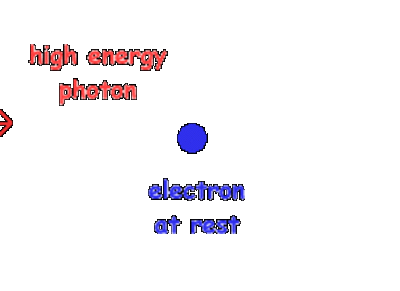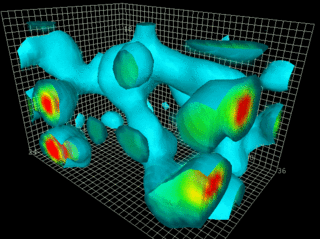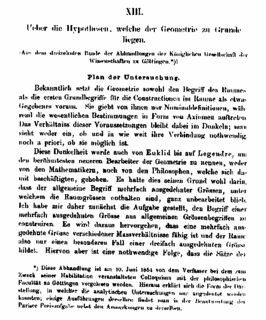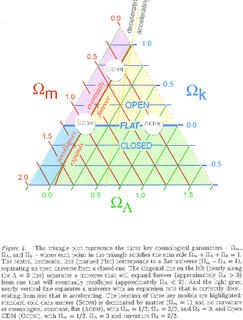I must say this is a refreshing look with Jacques contribution to further the layman point of view. Such links are worth while in the advancement of the "sentient being" that Clifford might have thought the computer world could have developed into once we assign our geometries to that world, as we would of numerical relativity and the designs we get from this look. Thomas Banchoff should be commended forthis contribution to fifth dimensional idealism in the computer world, with the notion of graphics design as a whole new approach to this understanding. Who said mathematics guys are a little to abstract for the laymen view?
Jacque Distler:
Yeah. I had hoped I was being clear.
I meant a nontrivial (non-Gaussian) UV fixed point. A Gaussian fixed point would be too much to hope for.
Now you must know that to see what he was saying, "Gaussian coordinates" determined below this post helped me to relate what was being said here. But more then this the statement of Jacques orientates what might be further implied and what had missed in my thinking.
So just to carry on a bit with this point "P" in gaussian coordinated of frame of UV, what realization exists that we could not find some relevance here in the geometry to have further exploited the mind's capabilties by venturing into the Wunderkammern of thinking. By association, of Nigel Hitchin's "B Field manifestations geometries" to realize that althought these might be limited to what Jacque is saying , then what value this geometry if we can not see the landscape as something real in time variable measures?
That we might attribute a globe, that while spherical in it's design, holds much more in it's determination. That while it might issue it's electronmagnetic field of lines, that it too could have found greater relevance in the issues of Quantum gravity, with those same inclinations of time variablenesss, that I allude too?
What am I missing that such events held to the brane in fermion distinction would not find boson production off the brane, as real as, the topic of time variableness that we might issue in geometrical feature of a globe. A globe, that is very bumpy indeed. Is this thinking limited in terms of landscape valuation? Not only in terms of brane and fermionic response, but of the real live correlation of the topic of branes in a more realistic sense, held to these geometries?
While indeed such B Field Manifestation becomes real in tangibles in our arguement of where our UV perspective might be held too, then "P" becomes of value in time variablemess, as a landscape ideology spread throughtout the brane world features? While it is also intriciately linked to our formation of landscape futher out in the recognition of the bumpy world?
So while we might see this landscape in terms of photon calorimetric association with Glast, what value besides gauusian coordinate might be freed, when we see dimensinal sigificance being represented with Glast as well. Is this thinking wrong?




